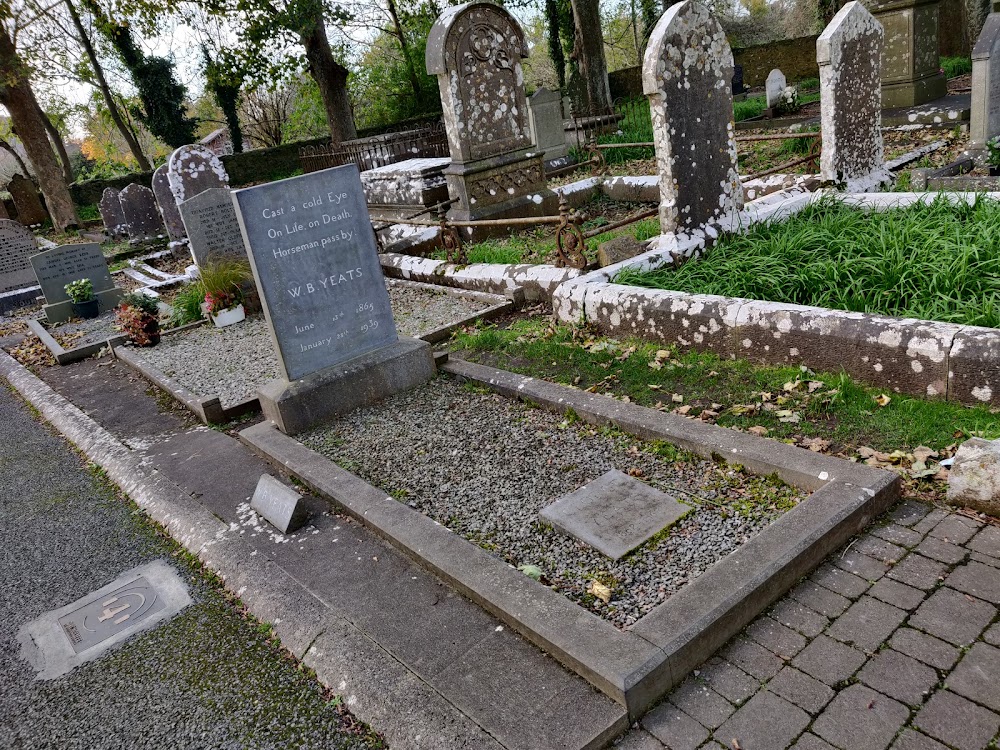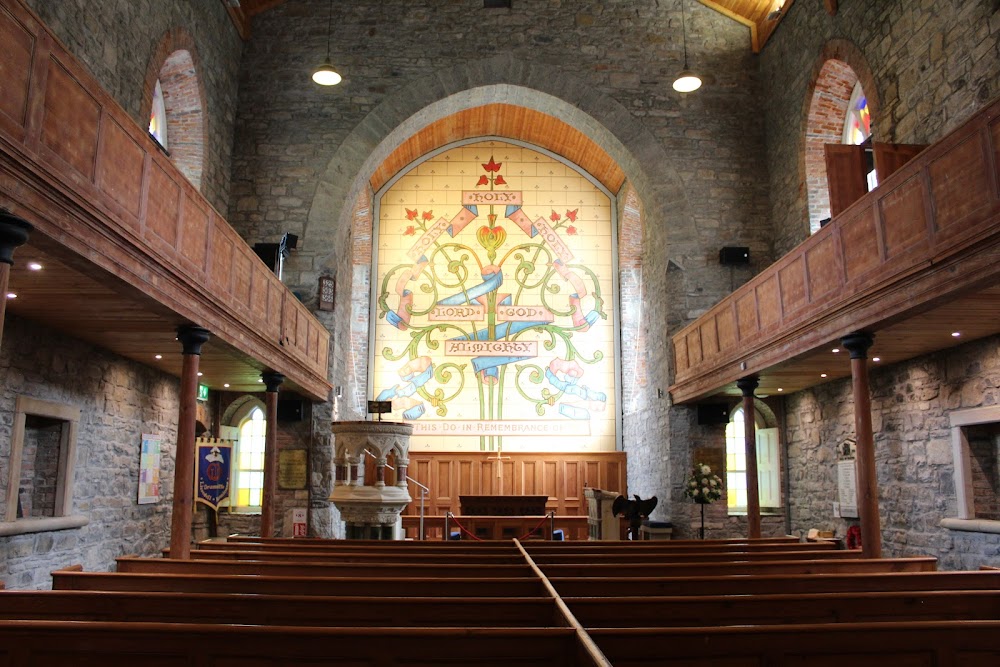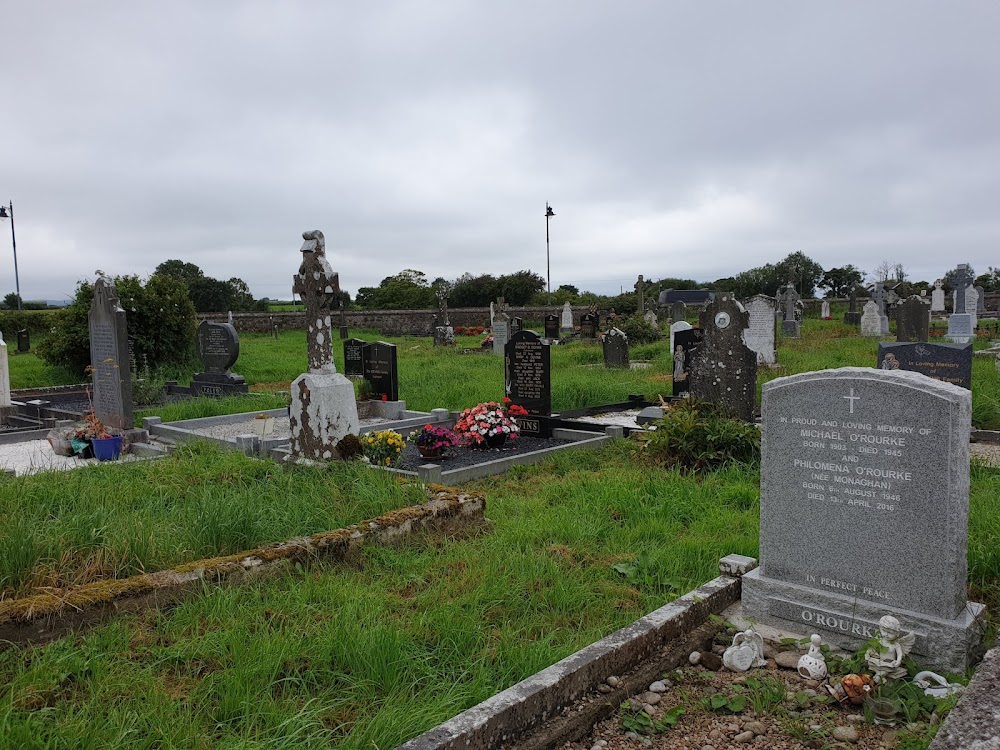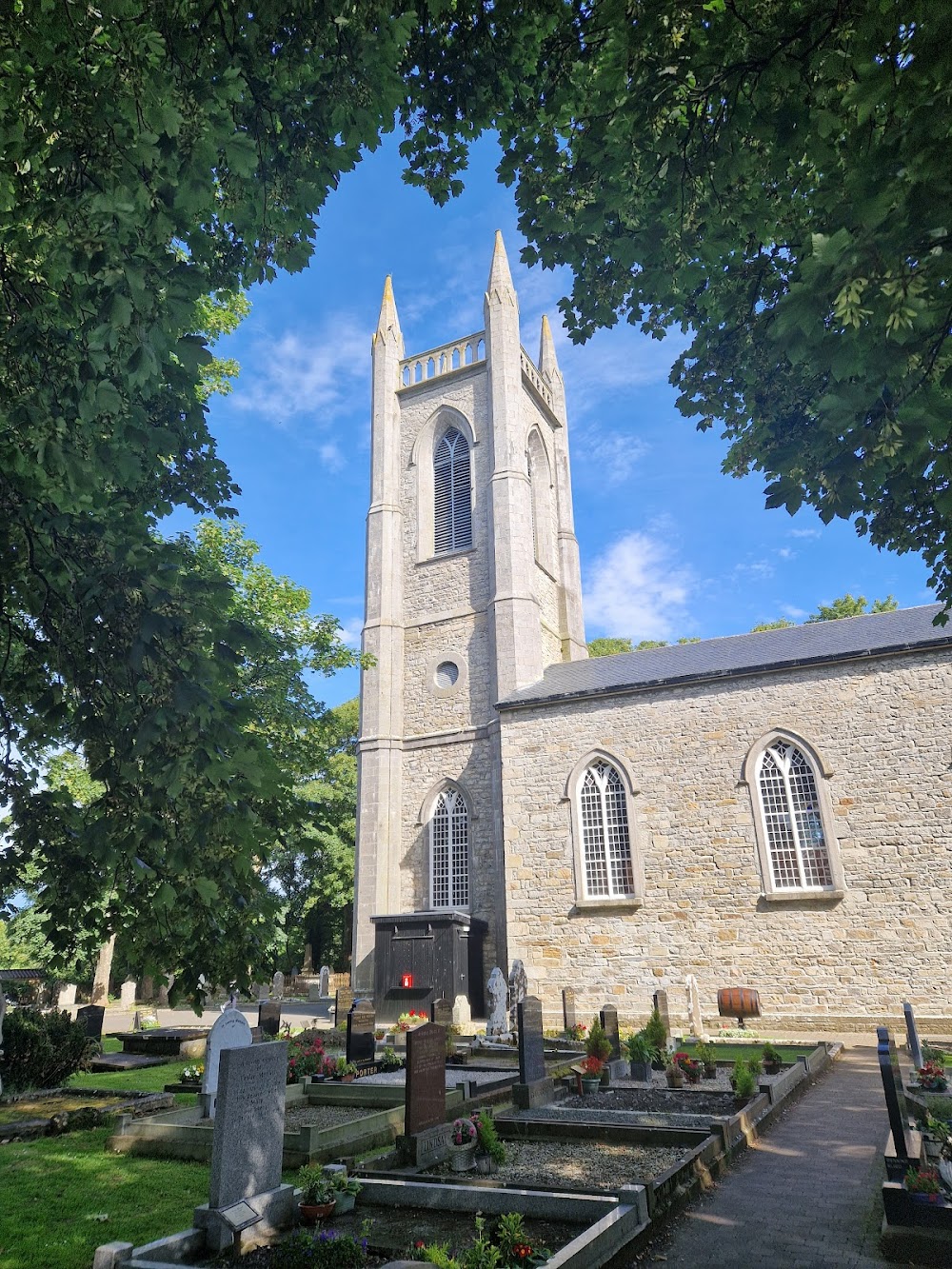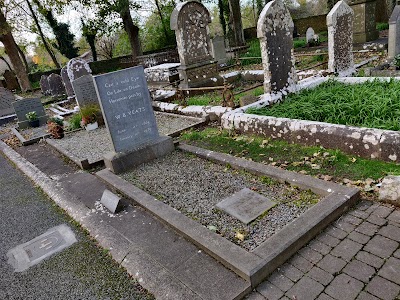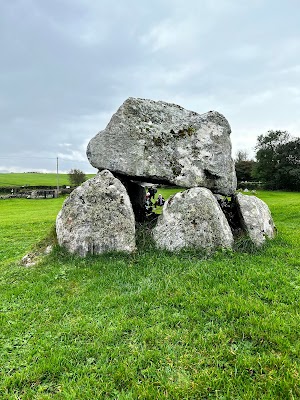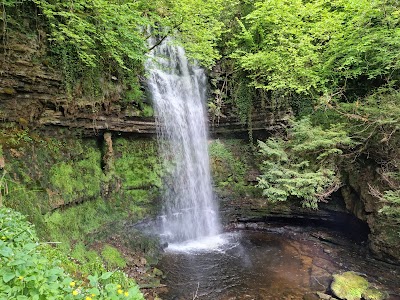Drumcliffe Church and Cemetery (Eaglais Dhroim Chliabh)
Overview
Discovering Drumcliffe Church: A Historical and Cultural Gem
Drumcliffe Church, nestled in the picturesque County Sligo, Ireland, is a site brimming with historical and cultural significance. While it is perhaps best known as the final resting place of the celebrated poet W.B. Yeats, the church and its surroundings boast a rich heritage that dates back much further in time.
Originally established as an early monastic settlement around 574 AD by St. Colmcille (St. Columba), Drumcliffe's historical roots are evident in the remnants of a round tower and a high cross from this monastic era. These remarkable relics offer a fascinating glimpse into the medieval ecclesiastical center that once thrived in this serene location.
The current Drumcliffe Church, built in 1809, is an Anglican (Church of Ireland) structure, constructed on the very grounds of the ancient monastic site. Its architecture is modest yet charming, featuring a rectangular nave and a spire-topped tower that stands as a beacon in the lush countryside. The use of local limestone in its construction not only adds to its robust presence but also harmonizes beautifully with the tranquil rural setting.
In the early 19th century, the church's construction and the reorganization of its surroundings were part of a broader effort to modernize and revitalize historical religious sites throughout Ireland. Over the years, the church has seen various repairs and restorations, ensuring its structural integrity and preserving its historical essence for future generations.
W.B. Yeats: A Poetic Legacy
One of the most poignant aspects of Drumcliffe Church is its connection to W.B. Yeats, one of Ireland's most esteemed poets. Born in 1865, Yeats had a deep connection to County Sligo, often referred to as "Yeats Country," which inspired much of his poetry. His choice of Drumcliffe as his final resting place was a fulfillment of a wish he expressed during his lifetime.
After passing away in France in 1939, Yeats's body was repatriated to Ireland in 1948, in accordance with his wishes. His grave, located near the church, is marked by a simple yet profound headstone inscribed with his own epitaph: "Cast a cold Eye on Life, on Death. Horseman, pass by!" This inscription encapsulates Yeats's enduring legacy with its characteristic depth and brevity.
A Place of Reflection and Community
Visitors to Drumcliffe Church and Cemetery are often captivated by the serene beauty and historical layers of the site. The tranquil surroundings create an ideal space for reflection and remembrance, honoring both the monastic history and Yeats's literary contributions.
Among the treasures of the site is the well-preserved 11th-century high cross, known as the Drumcliffe High Cross. This stunning artifact features intricate carvings depicting biblical scenes, providing a direct connection to the artistic and religious practices of the early medieval Christian community that once inhabited the area. The high cross stands as a testament to the craftsmanship and spiritual devotion of its time.
In addition to its historical and cultural significance, the church and its grounds serve as a vibrant focal point for the local community. They host regular services and events, welcoming visitors from around the globe. The unique blend of ancient history, religious importance, and literary heritage makes Drumcliffe Church and Cemetery a cherished landmark in County Sligo.
A Living Monument to Ireland's Heritage
In summary, Drumcliffe Church is much more than just a historical building or a tourist attraction; it is a living monument to the spiritual and cultural history of Ireland. Whether you are a history enthusiast, a literature lover, or simply seeking a moment of quiet contemplation, a visit to Drumcliffe offers an enriching experience steeped in the rich tapestry of Ireland's heritage.


